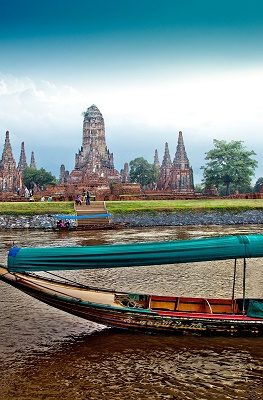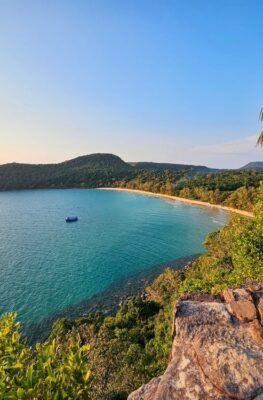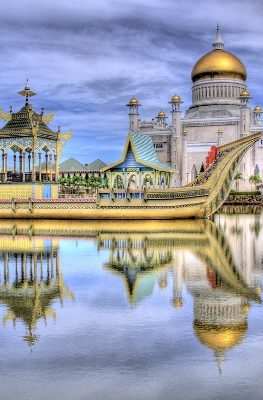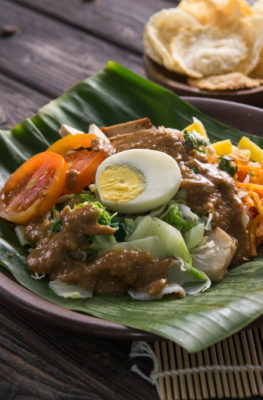Published on February 16, 2010
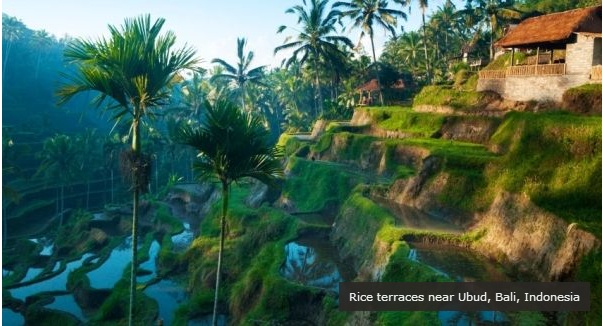
It is a sight to take your breath away: row after row of human-built terraces snaking along the contours of a valley, bright green before harvest or starkly barren afterwards. The planting and harvesting are often done by hand or with simple tools, making the view even more photogenic.
Although the result is remarkably beautiful, rice terraces are thoroughly practical, enlisting gravity for the task of irrigation. Water flow is controlled using methods such as dams and bamboo pipes, while excess water typically drains down to the next terrace through small openings in the earthen walls. The hard work which goes into building and maintaining the terraces reflects the unique position of rice in Southeast Asia.
Asia’s Staple
The world’s most important food crop, rice, is grown in more than 100 countries and estimated to exist in a staggering 140,000 varieties. About 90% of the world’s rice is produced in Asia, and most of that is consumed in the country where it was grown – it is unquestionably the region’s staple food.
Unsurprisingly, this also means that rice also plays a strong cultural role in Southeast Asia. It appears in textile designs, stories and religious beliefs. In Cambodia, for example, many farmers believe that a goddess called Yiey Tep protects their rice fields. Believers pray to her and offer sweet rice porridge hoping that she will defend their crops against a destructive deity called Ariak.
Similarly in Bali, the goddess Dewi Sri is honored with offerings of rice. Rice is believed to hold a vital life-force, and devotees often stick uncooked rice to their foreheads, temples, and chests. There is also a Thai rice goddess called P?-sop.
Tourist Attractions
The cultivation of rice has left indelible marks on the landscape of large parts of Southeast Asia, whether in lowland paddy fields or in the spectacular terraces clinging to hills and mountains. Look for iconic images of the Indonesian island of Bali, for example, and rice fields and terraces figure heavily. The island of Java also has some impressive terraces, such as those around the old Dutch hill station of Garut.
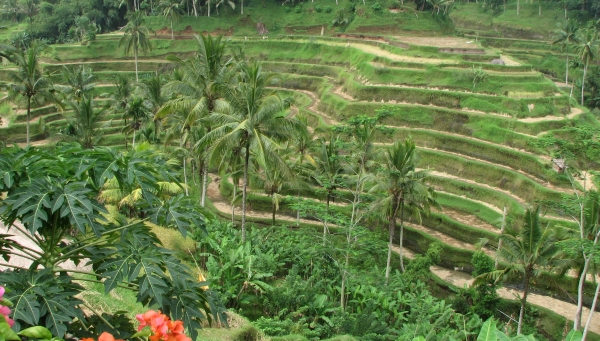
In northwestern Vietnam the rice terraces around the village of Sapa – in the mountains close to the Chinese border – are a prime tourist attraction. The views from the village itself are spectacular, but Sapa is also the base for day hikes and longer treks. There are also several ethnic minority communities in the area, and it is possible to combine a trek with an overnight stay at village homestay.
The Eighth Wonder
Arguably the most magnificent of all Southeast Asia’s rice terraces are those located in the north of the Filipino island of Luzon. This is a remote part of the Philippines, dominated by the Cordillera Mountains which reach over 2900m in height and are home to various minority groups collectively known as the Igorot.
Created around 2000 years ago by the Ifugao people, the rice terraces were added to the UNESCO World Heritage list in 1995 because they “epitomize the absolute blending of the physical, socio-cultural, economic, religious and political environment”. In short, they’re undeniably impressive – in some areas they cover a vertical distance of around 1000m – and central to the traditional local culture.
The easiest access point is Banaue, about nine hours from Manila by overnight bus, but hardy souls will want to hike to villages such as Batad or Bangaan for the most spectacular views.Sadly, though, they may have to hurry because the terraces of the Cordillera are deteriorating to the extent that UNESCO has placed them on an endangered list.
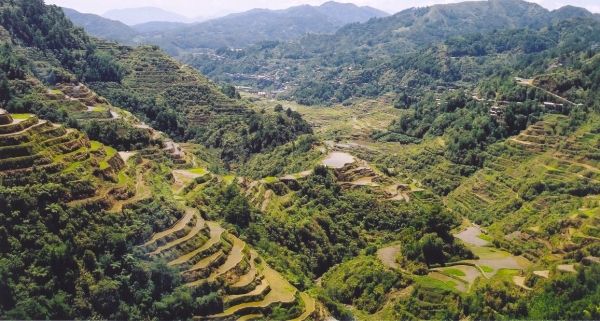
Part of the problem is that local people are moving to cities in search of a better life. To help communities remain self sufficient, government initiatives have included the building of a small hydroelectric plant to generate revenue, but the response is still unclear. It remains to be seen whether environmentally sensitive tourism can ensure that the relatively untapped potential of the Cordilleras is used to enrich the local community.
John Oates is a freelance writer/ photographer and has travelled through much of Asia.He recently spent a year based in the Philippines while visiting several other ASEAN countries.



